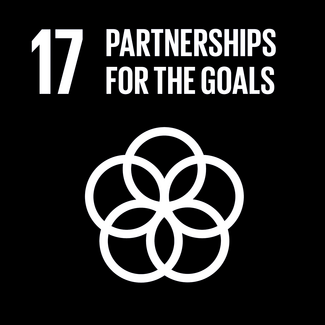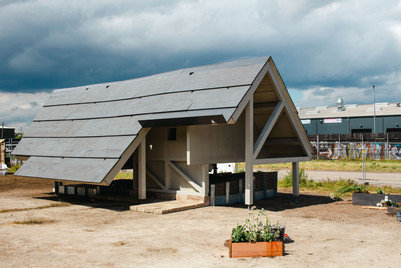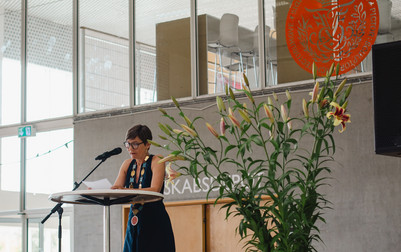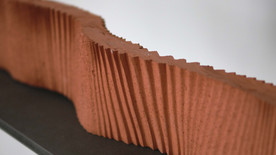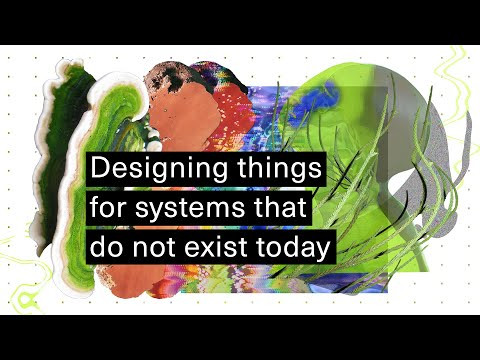
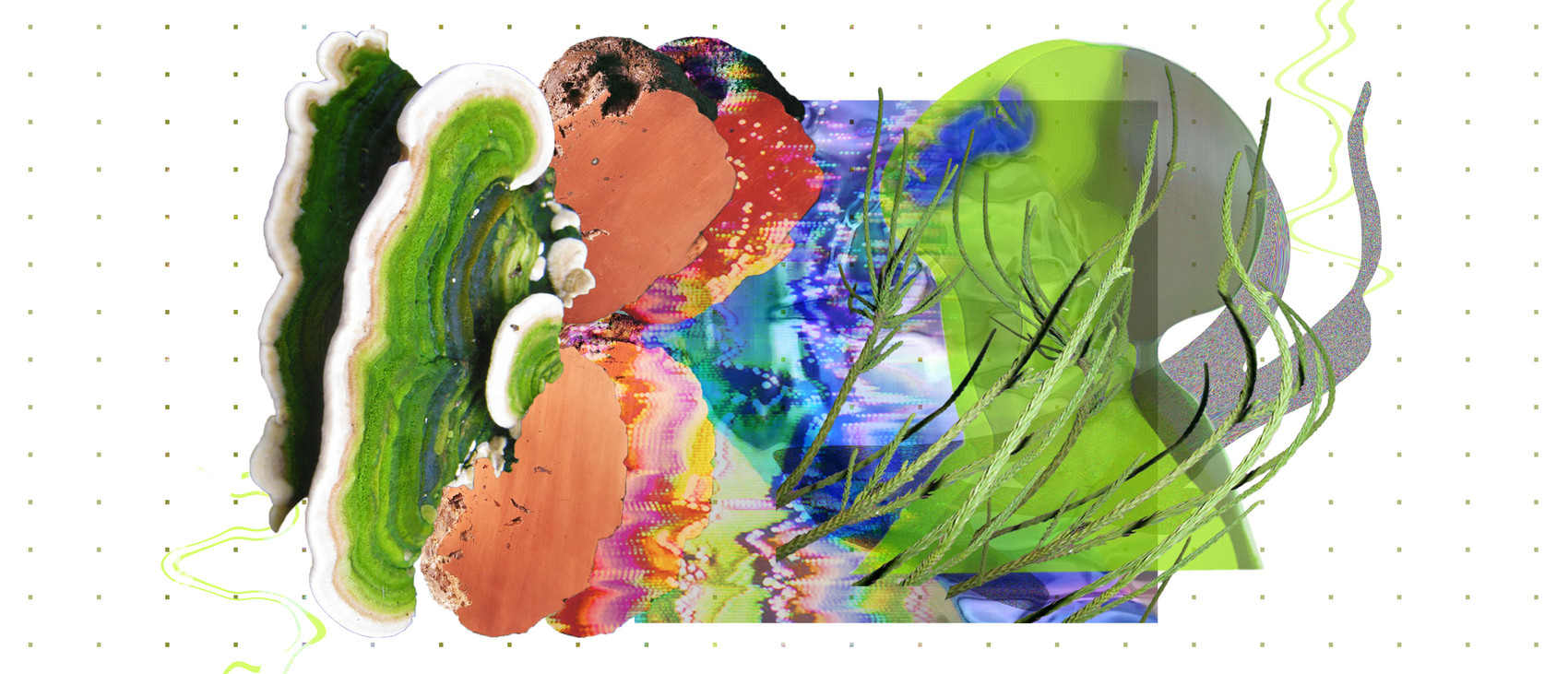
Designing things for systems that do not exist today.
Extra Systemic Design → As an alternative to normative design approaches, a new edifice of concepts and presuppositions is constructed to introduce Extra Systemic Design as a new practice within the pluralist field of systems-oriented design. Methods used in Speculative Design, from Anthony Dunne and Fiona Raby’s viewpoint, in combination with frameworks found in Systems Thinking, from Barry Richmond and Joseph Kasser’s viewpoint, are integrated in an attempt to advance the role the designer could play in facing the systemic challenges of today.
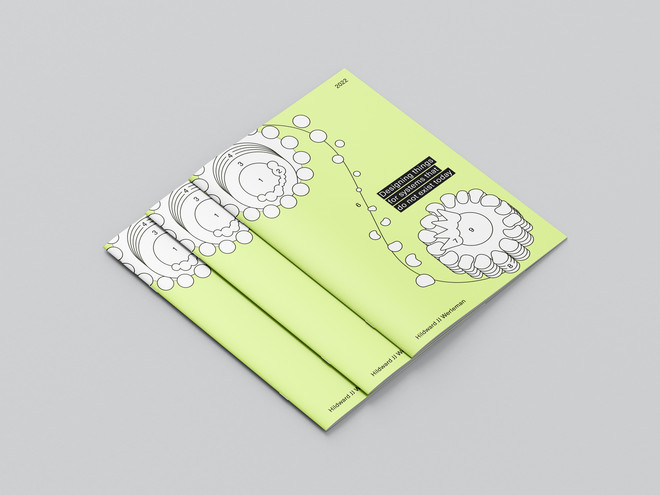
“The problems that we currently face have been stubbornly resistant to solutions, particularly unilateral solutions.” (Richmond, 1993) Systemic defects, as defined in this project (below video), typify these problems that characteristically refuse to be assimilated into existing paradigms. This project explores the synergies between systemics and design. By combining Systems Thinking’s scientific approach with Speculative Design’s futuring agency a new way of tackling these systemic defects is established.
The primary hypothesis of the dissertation argues that countering the scientification of methods-oriented design and the reflexive tendencies in Speculative Design may lead to a new way of informing speculation. This process of centring design typifies Extra Systemic Design as a practice unconstricted by today’s systemic limitations.
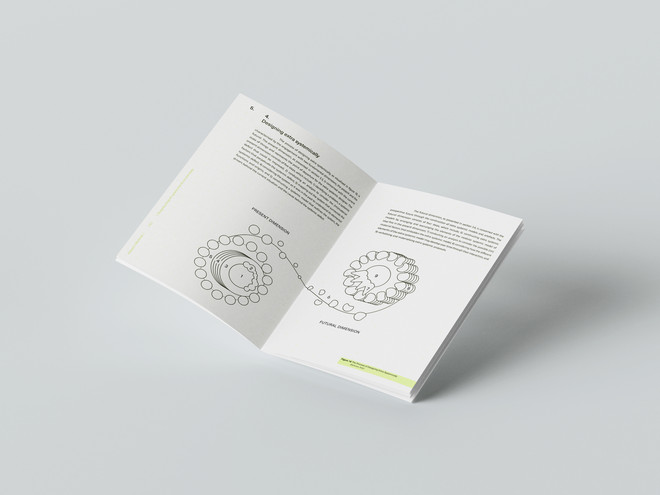
In the course of the last century, the impacts of the systems that we have built as a species have become increasingly evident. “The negative dimension and consequences of design have had a profound worldly impact.” (Fry, Dilnot & Stewart, 2015) Our society is at the brink of collapse (Herrington, 2020). With the rapid increase of existential challenges, we risk a colossal disfiguration and total disintegration of the weakening systems and infrastructures that determine everyday life. Systemic defects are increasingly absurd and unsolvable it seems. (video) We need to “recognise that unless we make a very large shift at the systemic level, the fallouts will be massive. The more we increase our thinking in scales and systems, the bigger our influence over time”, said Banny Banerjee, director and co-founder of Stanford Changelabs.
Extra Systemic Design symbolises a symbiosis similar to that found in pioneering sci-fi of the 1970s, which are characterised by their optimistic vision of the future; a convergence of science and imagination. With escapism (Dickinson, 2021) and disbelief in science (Stjernquist, 2020) on the rise, perhaps an extended purpose of Extra Systemic Design is to reignite social dreaming, which was more common before. (Dunne & Raby, 2013) In a society where the majority is “not used to encountering design objects” (Tonkinwise, 2014), and projective designs are often seen as ‘just ideas’, it is providential to propel divergent concepts because “new ideas are exactly what we need today.” (Dunne & Raby, 2013) Arguably, projective design proposals are not only ideas but also ideals, as moral philosopher Susan Neiman once said, “ideals are not measured by whether they conform to reality; reality is judged by whether it lives up to ideals.” (Black, 2009)

Designing things for systems that do not exist today
Det Kongelige Akademi understøtter FN’s verdensmål
Siden 2017 har Det Kongelige Akademi arbejdet med FN’s verdensmål. Det afspejler sig i forskning, undervisning og afgangsprojekter. Dette projekt har forholdt sig til følgende FN-mål